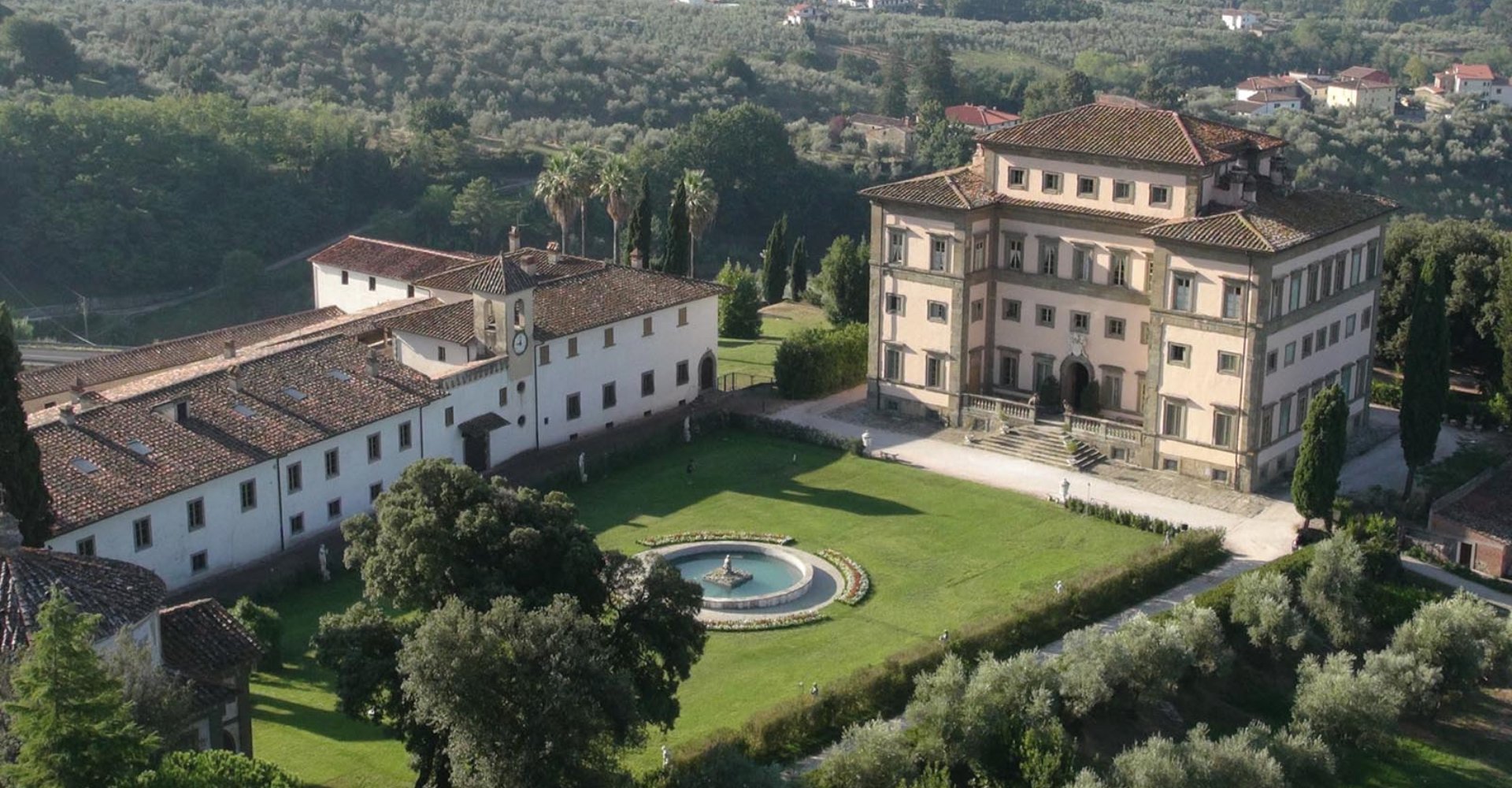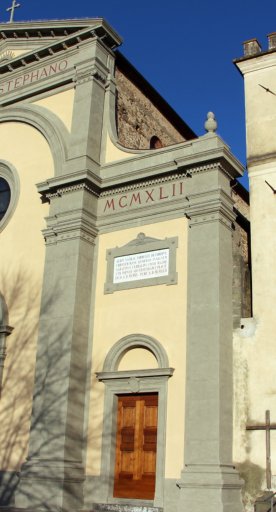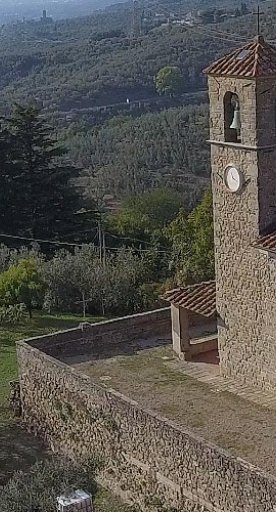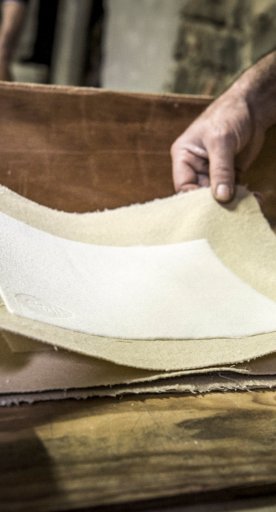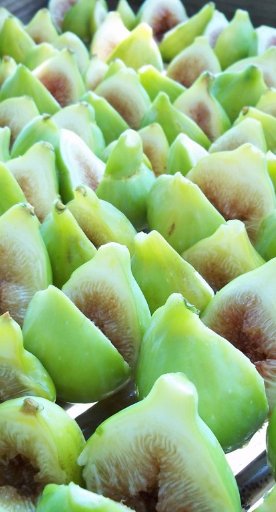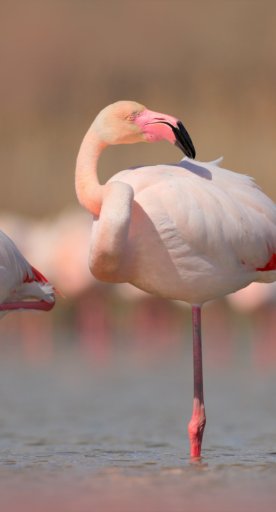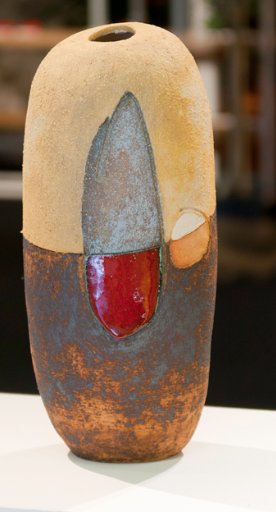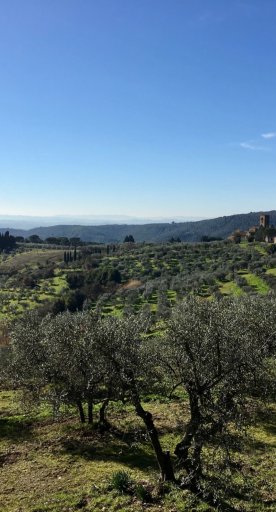Lamporecchio
Among the hills of Montalbano, exploring the Brigidini homeland
Lamporecchio is located in the Valdinievole, in a territory softened by rolling hills. It’s position is rather fortunate, as it’s halfway between two important nature attractions, the Fucecchio Marsh and the hills of Montalbano. Known as the “homeland” of the brigidini, Lamporecchio is a town with a primarily modern appearance, even if there are certainly a number of small treasures to discover in its hamlets.
What to see in Lamporecchio
Once in the area of Lamporecchio it really is worth visiting the Villa Rospigliosi, whose name derives from the family who owned a huge amount of property here since the Middle Ages. The building, built in the second half of the 17th century as part of Gian Lorenzo Bernini’s project, is majestically impressive against a typical Tuscan background of rolling hills dotted with olive trees.
Just 7 kilometres from Lamporecchio is San Baronto, a small village perfect for getting some peace and relaxation, immersed in the silence of the woods that still surround the town. The centre of San Baronto developed around the church, once a monastery until the 1700s. Being in Montalbano’s mountain pass – beyond which you can head down to the plains around Pistoia and Prato – the town is like a terrace overlooking most of the plain.
Papiano is also worth a visit, a small village between San Baronto and Porciano. The town consists of a handful of farmhouses overlooked by an aristocratic residence, Villa dell’Americana. In the Middle Ages, there was a hospice for pilgrims, which was later transformed into a farmhouse that still exists today.
The historic Orbignano also deserves a mention, first documented as early as the 8th century (the donation of an olive grove ad Urbignanum by the Lombard Aufuns to the monastery of San Bartolomeo in Pistoia dates to July 10, 779). Other documents attest that between 957 and 981, the rectory of the Cathedral of Pistoia rented out a house located in locus qui dicitur Orbignano.
Once in the area of Lamporecchio it really is worth visiting the Villa Rospigliosi, whose name derives from the family who owned a huge amount of property here since the Middle Ages. The building, built in the second half of the 17th century as part of Gian Lorenzo Bernini’s project, is majestically impressive against a typical Tuscan background of rolling hills dotted with olive trees.
Just 7 kilometres from Lamporecchio is San Baronto, a small village perfect for getting some peace and relaxation, immersed in the silence of the woods that still surround the town. The centre of San Baronto developed around the church, once a monastery until the 1700s. Being in Montalbano’s mountain pass – beyond which you can head down to the plains around Pistoia and Prato – the town is like a terrace overlooking most of the plain.
Papiano is also worth a visit, a small village between San Baronto and Porciano. The town consists of a handful of farmhouses overlooked by an aristocratic residence, Villa dell’Americana. In the Middle Ages, there was a hospice for pilgrims, which was later transformed into a farmhouse that still exists today.
The historic Orbignano also deserves a mention, first documented as early as the 8th century (the donation of an olive grove ad Urbignanum by the Lombard Aufuns to the monastery of San Bartolomeo in Pistoia dates to July 10, 779). Other documents attest that between 957 and 981, the rectory of the Cathedral of Pistoia rented out a house located in locus qui dicitur Orbignano.
Nearby
Lamporecchio, in the heart of the Valdinievole, is only a few kilometres away from renowned thermal bath towns. Montecatini Terme, for example, is the queen of Tuscan well-being and is a prestigious destination for anyone looking for revitalising holidays, high quality hospitality, fun activities, sport, shopping and relaxation. As well as the thermal baths, take a trip to the Montecatini Alto Castle, reachable via the railway which has been active since the end of the 19th century.
Another ideal location for those looking for a healthy holiday is Monsummano Terme. The Giusti cave, an underground gallery housed in a centuries-old park and named by the maestro Giuseppe Verdi as the eighth wonder of the world, is an absolute highlight in this peaceful area.
Lamporecchio, in the heart of the Valdinievole, is only a few kilometres away from renowned thermal bath towns. Montecatini Terme, for example, is the queen of Tuscan well-being and is a prestigious destination for anyone looking for revitalising holidays, high quality hospitality, fun activities, sport, shopping and relaxation. As well as the thermal baths, take a trip to the Montecatini Alto Castle, reachable via the railway which has been active since the end of the 19th century.
Another ideal location for those looking for a healthy holiday is Monsummano Terme. The Giusti cave, an underground gallery housed in a centuries-old park and named by the maestro Giuseppe Verdi as the eighth wonder of the world, is an absolute highlight in this peaceful area.
Events
For over 150 years the August fair has taken place in Lamporecchio in the summer, as well as the Brigidino Festival. During the festival, past traditions are brought back to life and you can watch the ritualistic wheat threshing as well as plowing. The event is also brilliant for little ones, offering a series of games and activities to do with the whole family. There is also an abundance of stands selling typical local products.
For over 150 years the August fair has taken place in Lamporecchio in the summer, as well as the Brigidino Festival. During the festival, past traditions are brought back to life and you can watch the ritualistic wheat threshing as well as plowing. The event is also brilliant for little ones, offering a series of games and activities to do with the whole family. There is also an abundance of stands selling typical local products.
Typical products
Lampoecchio’s symbolic pastry is the brigidino, a crunchy wafer defined by Pellegrino Artusi as a "special distraction", made with eggs, sugar, anise and flour. It’s at its most popular during celebratins such as festivals, markets and anniversaries.
The Berlingozzo is a “donut” also typically found during the Carnival period. Inside is soft, with a delicate scent of vanilla and orange.
Given the land’s characteristics, Lamporecchio is able to produce and excellent Tuscan IGP extra virgin olive oil and important wines such as Chianti Montalbano DOCG and Bianco della Valdinievole DOC.
Lampoecchio’s symbolic pastry is the brigidino, a crunchy wafer defined by Pellegrino Artusi as a "special distraction", made with eggs, sugar, anise and flour. It’s at its most popular during celebratins such as festivals, markets and anniversaries.
The Berlingozzo is a “donut” also typically found during the Carnival period. Inside is soft, with a delicate scent of vanilla and orange.
Given the land’s characteristics, Lamporecchio is able to produce and excellent Tuscan IGP extra virgin olive oil and important wines such as Chianti Montalbano DOCG and Bianco della Valdinievole DOC.
